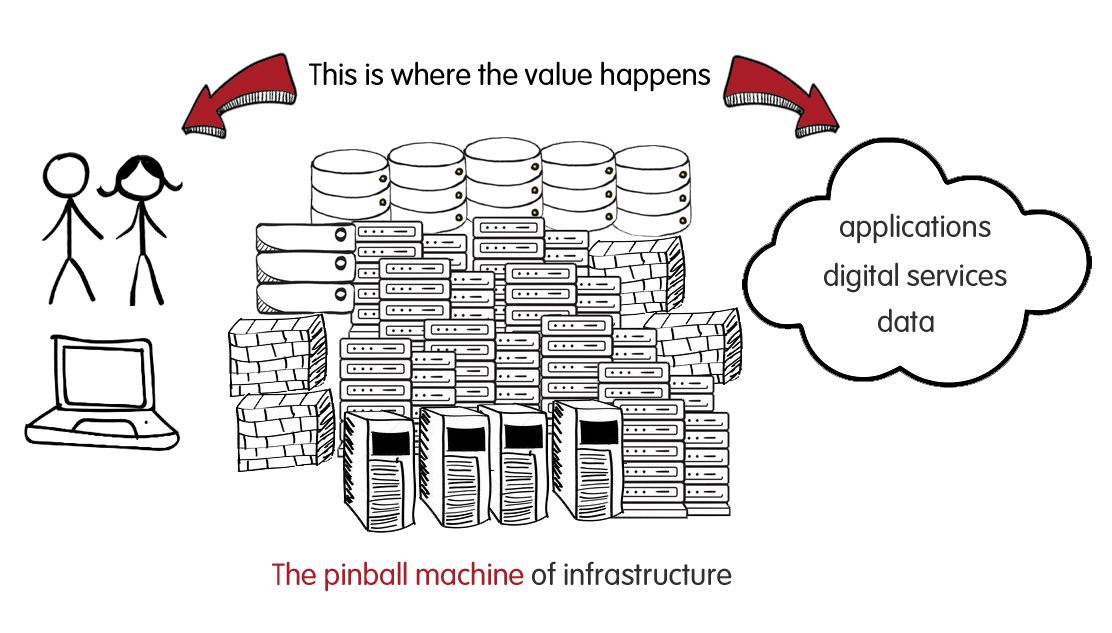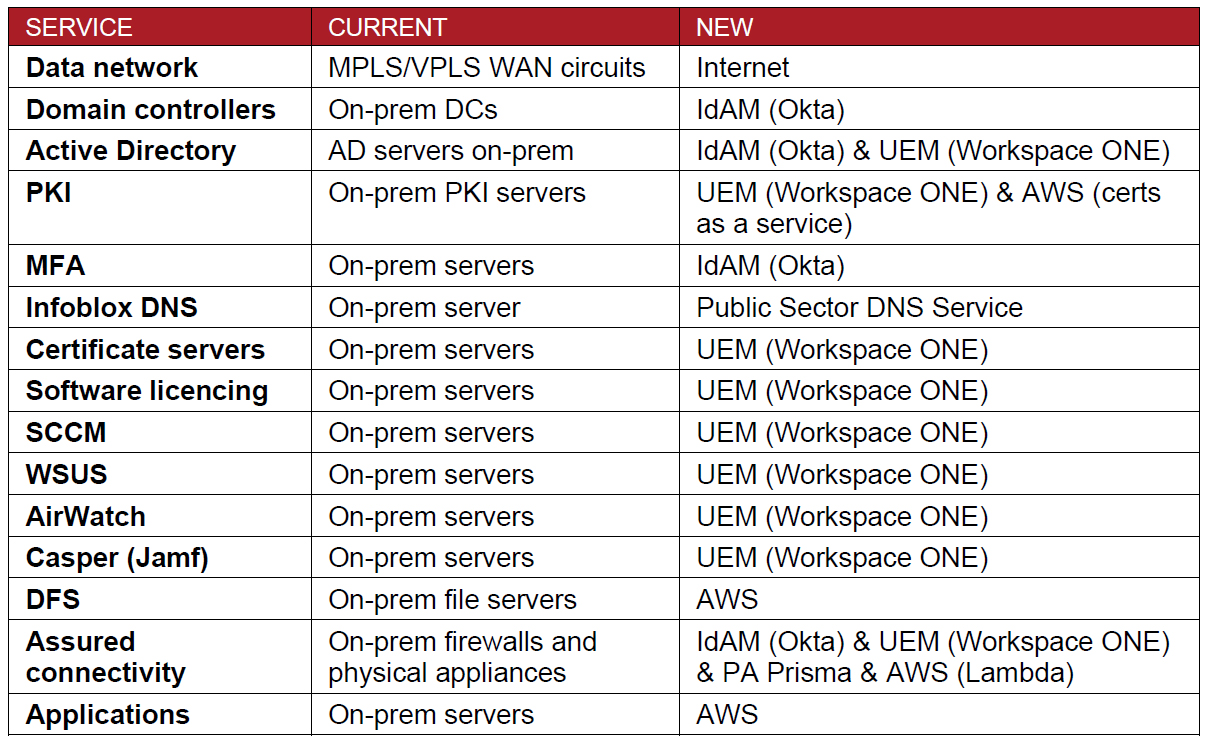David Turner, Managing Director of MSC Digital, discusses how your legacy infrastructure is an obstacle to your digital journey and how to tackle the challenge
Things move very quickly in the digital world. Digital teams are developing exciting new services using modern tools, methods and technology, but most legacy infrastructure does not support or enable this innovation.
The legacy technology challenge
The Government Technology Innovation Strategy published last year talks about the extent of the legacy technology challenge and the need to resolve it and provide “flexible technology components and platforms to create an environment where emerging technologies can be used and integrated at scale”.
Legacy infrastructure environments are, by their very nature, complex and tightly integrated, often with heavily bespoke elements requiring specialist (expensive) expertise to maintain and support. Legacy infrastructure doesn’t scale easily to support changing business requirements and can’t be quickly or easily changed – all of which severely limits the ability to innovate using emerging technologies.
While managing cloud technology transformation for several government departments, we found that when you strip down all that infrastructure and discover what it actually does, the challenge of cloud transformation isn’t particularly complex.
The true value of your organisation lies with your users and the data, applications and digital services they rely on to provide the best possible service – to citizens, ministers and each other – so getting your users to the data and services they need quickly and safely is paramount.
The “pinball machine of infrastructure”
However, the average government transaction crosses multiple technology systems, so simply checking an email could send a user off to traverse firewalls, load balancers, Active Directory, certificate servers, license servers, AV systems and more. We call it the “pinball machine of infrastructure”.
This convoluted journey presents a complex obstacle between the points of value, diminishing the experience of users.
Many organisations look to simply “migrate” their legacy infrastructure to the cloud – virtualising and hosting the various components of the pinball machine. But a “lift and shift” of your infrastructure without making it cloud-native just moves the problem somewhere else.
Regardless of how much infrastructure you have, there are cloud commodity services available right now (via G Cloud) to replace the lot – starting with the key components, Identity and Access Management (IdAM) and Endpoint Management (UEM/MDM).
Next, there are digital collaboration and communication tools (such as Zoom or Teams), cloud business productivity tools (G-Suite or MS365), cloud hosting for data and digital services (AWS, Azure and GCP) and a plethora of enterprise-ready cloud-hosted SaaS applications – all of which can be managed through a cloud IdAM solution, providing seamless Single Sign-On (SSO).
The internet itself can replace your complex and expensive WAN, providing resilient, always-on connectivity and giving your users the ability to work from any internet-connected location – something which is becoming essential rather than “nice to have” with our current COVID-19 challenges.
Add internet-delivered VoIP and a cloud print solution and that pinball machine of infrastructure disappears very quickly.
Tackling the challenge
Take some time to truly understand what your legacy technology environment looks like, what it does and where it is. Then map your legacy services to commodity cloud offerings.
Design around services, not pieces of infrastructure or systems and don’t be constrained by legacy architecture or how things have always been done.
Table 1 provides an example of part of a mapping exercise we completed recently for a large government department.
Taking this modular approach will result in services that are flexible and adaptable with the ability to change isolated parts as necessary without having to transform the whole.
Focus on your endpoints, not the transport mechanism. Make each of your offices a big “internet cafe” (like the new Government Hubs) with pervasive Wi-Fi and a commodity internet service. Then procure standardised, commodity services.
Consider a Hybrid environment only as a last resort for your “irreducible minimum” – systems which you absolutely cannot retire, replace or refactor. A Hybrid environment arguably gets you deeper into the Data Centre business and still requires specialist expertise to operate, maintain and support.
As you look to remove (or reduce) your pinball machine of infrastructure, strive for cloud-native. If you must compromise, eliminate as much technical debt as you can and proactively manage any legacy systems so they do not become urgent issues in the future. They are an exponential cost that won’t go away.
Finally, automate wherever you can and ensure your in-house tech team (and long-term suppliers) understands what is happening, where you are heading and why it’s important. Take them on the journey and develop your internal capability at the same time as you are transforming.
Your team must be able to run, support and iterate the environment in the future because the new will always become old eventually.
If we can assist you with your digital transformation journey please contact us at info@mscdigital.co.uk for an obligation-free discussion.
Please note: This is a commercial post













